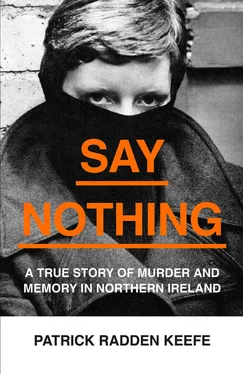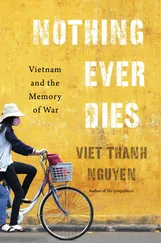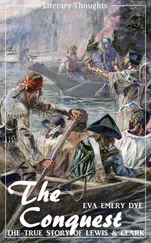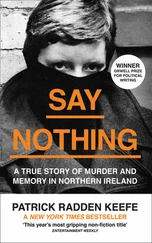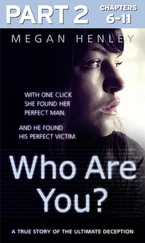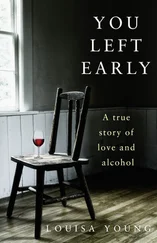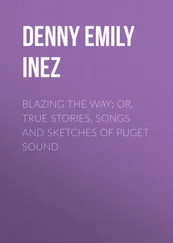Dolours would later describe her own childhood as an ‘indoctrination’. But she was always fiercely independent-minded, and she was never much good at keeping her convictions to herself. As a teenager, she had started to question some of the dogma upon which she had been raised. It was the 1960s, and the nuns at St Dominic’s could do only so much to keep the cultural tides that were roiling the world at bay. Dolours liked rock ’n’ roll. Like a lot of young people in Belfast, she was also inspired by Che Guevara, the photogenic Argentine revolutionary who fought alongside Fidel Castro. That Che was shot dead by the Bolivian military (his hands severed, like Aunt Bridie’s, as proof of death) could only help to situate him in her menagerie of revolutionary heroes.
But even as tensions sharpened between Catholics and Protestants in Northern Ireland, Dolours had come to believe that the armed struggle her parents championed might be an outdated solution, a relic of the past. Albert Price was an emphatic conversationalist, a lively talker who would wrap his arm around your shoulder, tending his ever-present cigarette with the other hand, and regale you with history, anecdote and charm until he had brought you around to his way of seeing things. But Dolours was an unabashed debater. ‘Hey, look at the IRA,’ she would say to her father. ‘You tried that and you lost!’
It was true that the history of the IRA was in some ways a history of failure: just as Patrick Pearse had said, every generation staged a revolt of one sort or another, but by the late 1960s, the IRA was largely dormant. Old men would still get together for weekend training camps south of the border in the Republic, doing target practice with antique guns left over from earlier campaigns. But nobody took them very seriously as a fighting force. The island was still divided. Conditions had not improved for Catholics. ‘You failed,’ Dolours told her father, adding, ‘There is another way.’
Dolours had started attending meetings of a new political group, People’s Democracy, in a hall on the campus of Queen’s University. Like Che Guevara, and many of her fellow marchers, Dolours subscribed to some version of socialism. The whole sectarian schism between Protestants and Catholics was a poisonous distraction, she had come to believe: working-class Protestants may have enjoyed some advantages, but they, too, often struggled with unemployment. The Protestants who lived in grotty houses along Belfast’s Shankill Road didn’t have indoor toilets either. If only they could be made to see that life would be better in a united – and socialist – Ireland, the discord that had dogged the two communities for centuries might finally dissipate.
One of the leaders of the march was a raffish, articulate young socialist from Derry named Eamonn McCann, whom Dolours met and became fast friends with on the walk. McCann urged his fellow protesters not to demonise the Protestant working people. ‘They are not our enemies in any sense,’ McCann insisted. ‘They are not exploiters dressed in thirty-guinea suits. They are the dupes of the system, the victims of the landed and industrialist unionists. They are the men in overalls.’ These people are actually on our side, McCann was saying. They just don’t know it yet.
Ireland is a small island, less than two hundred miles across at its widest point. You can drive from one coast to the other in an afternoon. But from the moment the marchers departed Donegall Square, they had been harried by counterprotesters: Protestant ‘unionists’, who were ardent in their loyalty to the British crown. Their leader was a stout, jug-eared forty-four-year-old man named Ronald Bunting, a former high school maths teacher who had been an officer in the British Army and was known by his followers as the Major. Though he had once held more progressive views, Bunting fell under the sway of the ardently anti-Catholic minister Ian Paisley after Paisley tended to Bunting’s dying mother. Bunting was an Orangeman, a member of the Protestant fraternal organisation that had long defined itself in opposition to the Catholic population. He and his supporters jostled and jeered the marchers, attempting to snatch their protest banners, while raising a flag of their own – the Union Jack. At one point, a journalist asked Bunting whether it might not have been better just to leave the marchers be and ignore them.
‘You can’t ignore the devil, brother,’ Bunting said.
Bunting may have been a bigot, but some of his anxieties were widely shared. ‘The basic fear of Protestants in Northern Ireland is that they will be outbred by Roman Catholics,’ Terence O’Neill, the prime minister of Britain’s devolved government in Northern Ireland, said that year. Nor did it seem entirely clear, in the event that Protestants were eventually outnumbered in such a fashion, that London would come to their rescue. Many people on the English ‘mainland’ seemed only faintly aware of this restive province off the coast of Scotland; others would be happy to let Northern Ireland go. After all, Britain had been shedding colonies for decades. One English journalist writing at the time described the unionists in Northern Ireland as ‘a society more British than the British about whom the British care not at all’. To ‘loyalists’ – as especially zealous unionists were known – this created a tendency to see oneself as the ultimate defender of a national identity that was in danger of extinction. In the words of Rudyard Kipling, in his 1912 poem ‘Ulster’, ‘We know, when all is said,/We perish if we yield.’
But Major Bunting may have had a more personal reason to feel threatened by this march. Among the scruffy demonstrators with their hippie songs and righteous banners was his own son. A student at Queen’s with heavy sideburns, Ronnie Bunting had drifted into radical politics during the summer of 1968. He was hardly the only Protestant among the marchers. Indeed, there had been a long tradition of Protestants who believed in Irish independence; one of the heroes of Irish republicanism, Wolfe Tone, who led a violent rebellion against British rule in 1798, was a Protestant. But Ronnie was surely the only member of the march whose father was the architect of a nettlesome counterprotest, leading his own band of loyalist marchers in a campaign of harassment and bellowing anti-Catholic invective through a megaphone. ‘My father’s down there making a fool of himself,’ Ronnie grumbled, shamefaced, to his friends. But this oedipal dynamic seemed only to sharpen the resolve of both father and son.
Like the Price sisters, Ronnie Bunting had joined People’s Democracy. At one meeting, he suggested that it might be better if they did not proceed with the march to Derry, because he thought that ‘something bad’ was likely to happen. The police had cracked down violently on several earlier protests. Northern Ireland was not exactly a bastion of free expression. Due to fears of a Catholic uprising, a draconian law, the Special Powers Act, which dated to the era of partition, had created what amounted to a permanent state of emergency: the government could ban meetings and certain types of speech, and could search and arrest people without warrants and imprison them indefinitely without trial. The Royal Ulster Constabulary was overwhelmingly Protestant, and it had a part-time auxiliary, known as the B-Specials, composed of armed, often vehemently anti-Catholic unionist men. One early member, summarising how the B-Specials were recruited, said, ‘I need men, and the younger and wilder they are, the better.’
As the march progressed through the countryside, it kept running into Protestant villages that were unionist strongholds. Each time this occurred, a mob of local men would emerge, armed with sticks, to block the students’ access, and a cordon of police officers accompanying the march would force them to detour around that particular village. Some of Major Bunting’s men walked alongside the marchers, taunting them. One carried a Lambeg drum – the so-called big slapper – and its ominous thump echoed through the green hills and little villages, summoning other able-bodied counterprotesters from their homes.
Читать дальше
